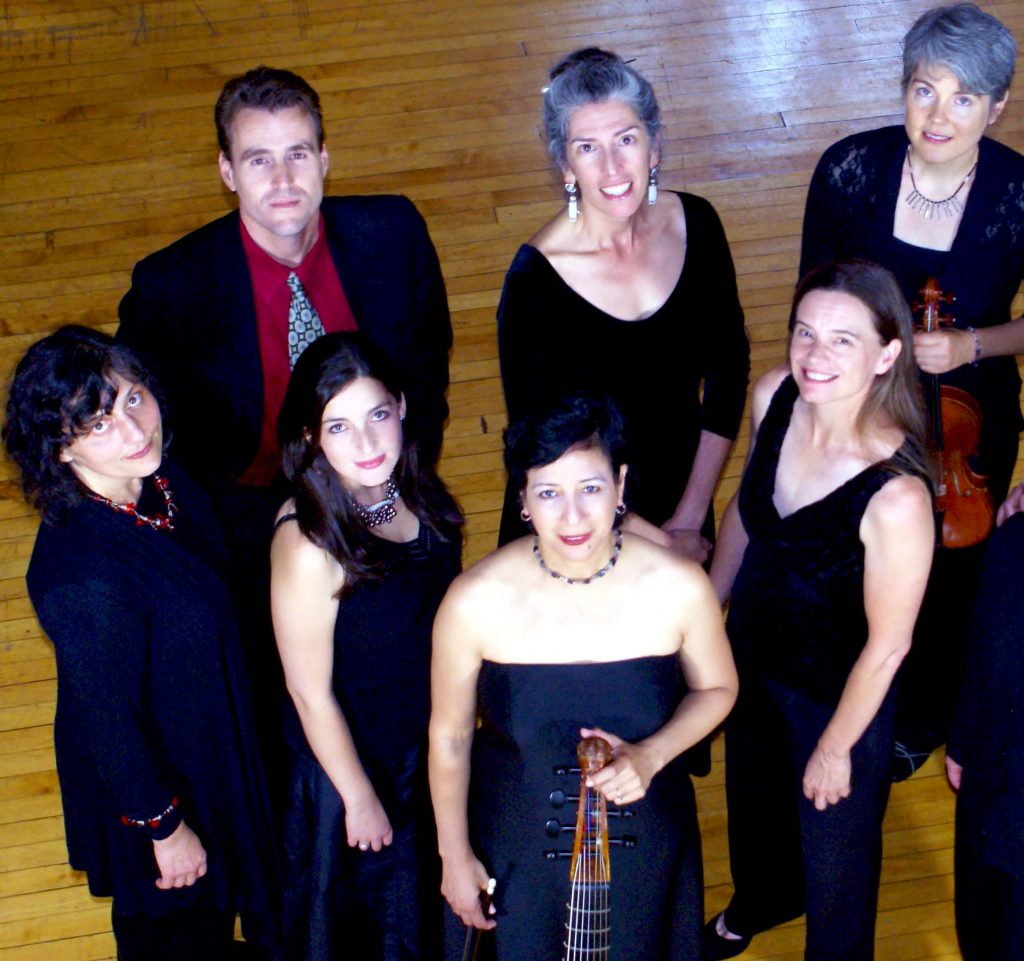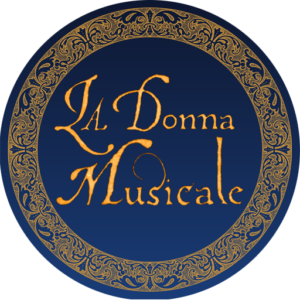La Donna Musicale fosters a diverse audience by advertising its concerts through mailings, flyers, public radio, and newspapers. Performances, workshops, and lectures are also promoted at libraries and schools. Each performance features a pre-concert lecture, offering relevant information about the composers’ lives and the cultural context in which the music was produced. The pre-concert lectures are given by musicologists from area institutions who specialize in this repertoire. A post-concert gathering allows the audience to view the Baroque violin, flute, harpsichord, viola da gamba, and other period instruments and ask questions about their construction and performance practice.
La Donna Musicale maintains a school outreach program that includes performances, brief lectures, and “hands-on” demonstrations of period instruments. These outreach programs aspire to educate young people about all aspects of 17th- and 18th-century musical culture. These events provide a unique opportunity to raise awareness about historical and contemporary women composers.

12º Encontro de Pesquisadores em Poética Musical dos sécs. XVI, XVII e XVIII
Lecture at the Viola da Gamba Conclave

Contact us
Donations
Make a donation today and help us continue to spread our mission of diversity in music!
© All rights reserved 2023. La Donna Musicale, Inc.